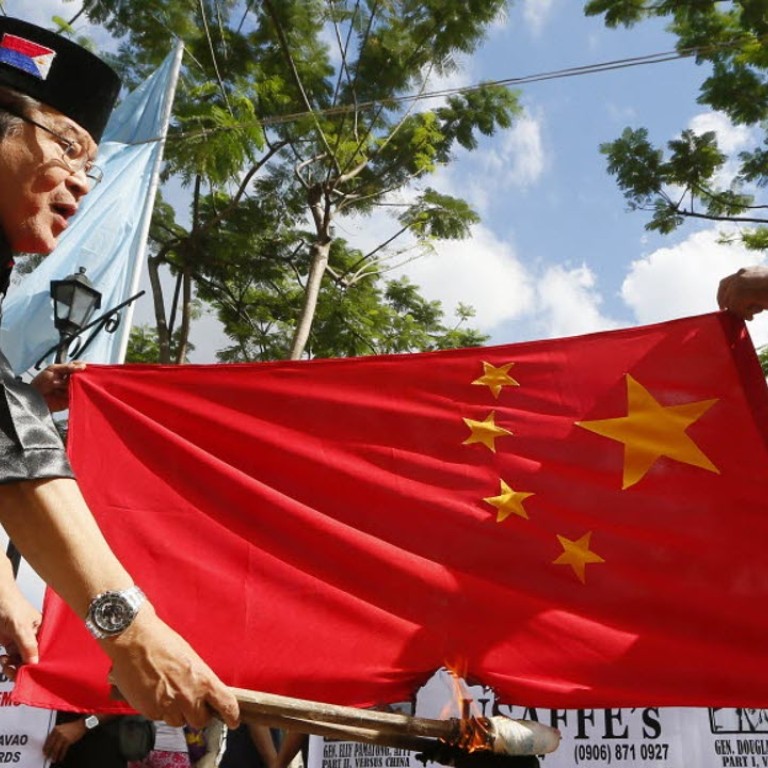
South China Sea airstrips are a headache for China’s rivals
Apparent plan for four bases in South China Sea would boost PLA, tilt balance of power: analysts
China’s island building in the South China Sea might soon quadruple the number of airstrips available to the People’s Liberation Army in the contested, strategically vital region.
The island construction work that is creating vast amounts of new acreage by piling sand on top of coral reefs is now moving into the construction stage, with buildings, harbours and, most importantly, runways appearing in recent months.
China now operates one airfield at Woody Island in the Paracel island chain, and satellite photos show what appears to be work on two, possibly three, additional airstrips on newly built islands in the Spratly archipelago to the east.
The bases could have a “significant impact on the local balance of power” by helping bolster the forward presence of Chinese coastguard and navy forces, said Euan Graham, director of the International Security Programme at the Lowy Institute in Sydney, Australia.
READ MORE: Why China may find legal ruling on South China Sea hard to ignore
China has remained opaque about its plans for the airstrips. At a recent briefing, defence ministry spokesman Wu Qian declined to say how many China planned to build or what their purpose would be, repeating only that all military infrastructure was “purely for defensive purposes”.
Beijing claims almost all of the South China Sea and its islands and has created seven new features in the Spratlys since last year that are permanently above water and comprise more than 800 hectares, according to satellite photos collected by US government agencies.

Those perceptions were reinforced with the deployment in October of advanced J-11BH/BHS fighters of the navy air force to Woody Island.
The island’s 2.4km long runway will soon be eclipsed by one more than 3km long on the reclaimed island built atop Fiery Cross Reef in the Spratlys, the satellite photos show. Another runway is being built on Subi Reef, with signs of similar work underway on nearby Mischief Reef.
Patrols by fighter jets based on the islands could serve to intimidate other claimants, especially the Philippines and Vietnam. That could also complicate operations by US forces which insist on freedom of navigation and overflight over the entire sea.
In periods of tension, the intimidation value of air patrols from the islands would be considerable
“In periods of tension, the intimidation value of air patrols from the islands would be considerable,” Graham said.
The airfields would allow Chinese aircraft to refuel, repair and if necessary, rearm without having to fly the more than 1,000km to the nearest Chinese air base on Hainan island, said Hans Kristensen, at the Federation of American Scientists.
They would also be vulnerable to bombing in a conflict, although their presence alone would require additional planning and effort by opponents.
If China were to announce a zone of air control over all or part of the South China Sea, the airstrips could be launching points for patrols, enforcement operations and possibly strikes.
The airstrips will also come in handy as China develops its aircraft carrier programme, particularly for training pilots in simulated night landings or to recover planes in difficult conditions.
However, their usefulness is constrained by the need for large amounts of jet fuel, along with the need to reinforce strips built on sand to handle bombers and other heavy aircraft.
“If we start to see satellite evidence of fuel storage going in on a large scale in the artificial islands, that will be the clearest indicator that China is planning to develop them as active air bases,” Graham said.

